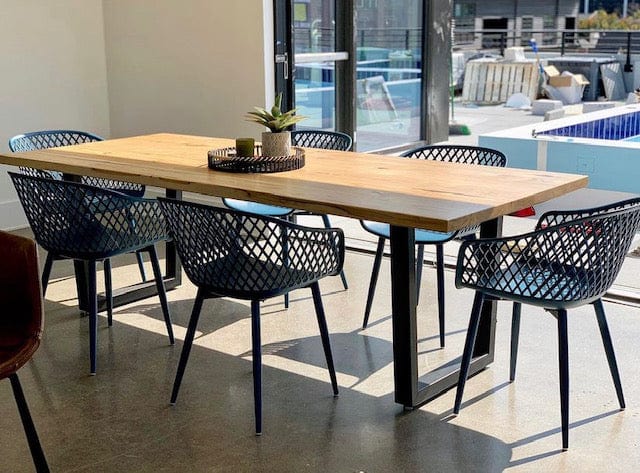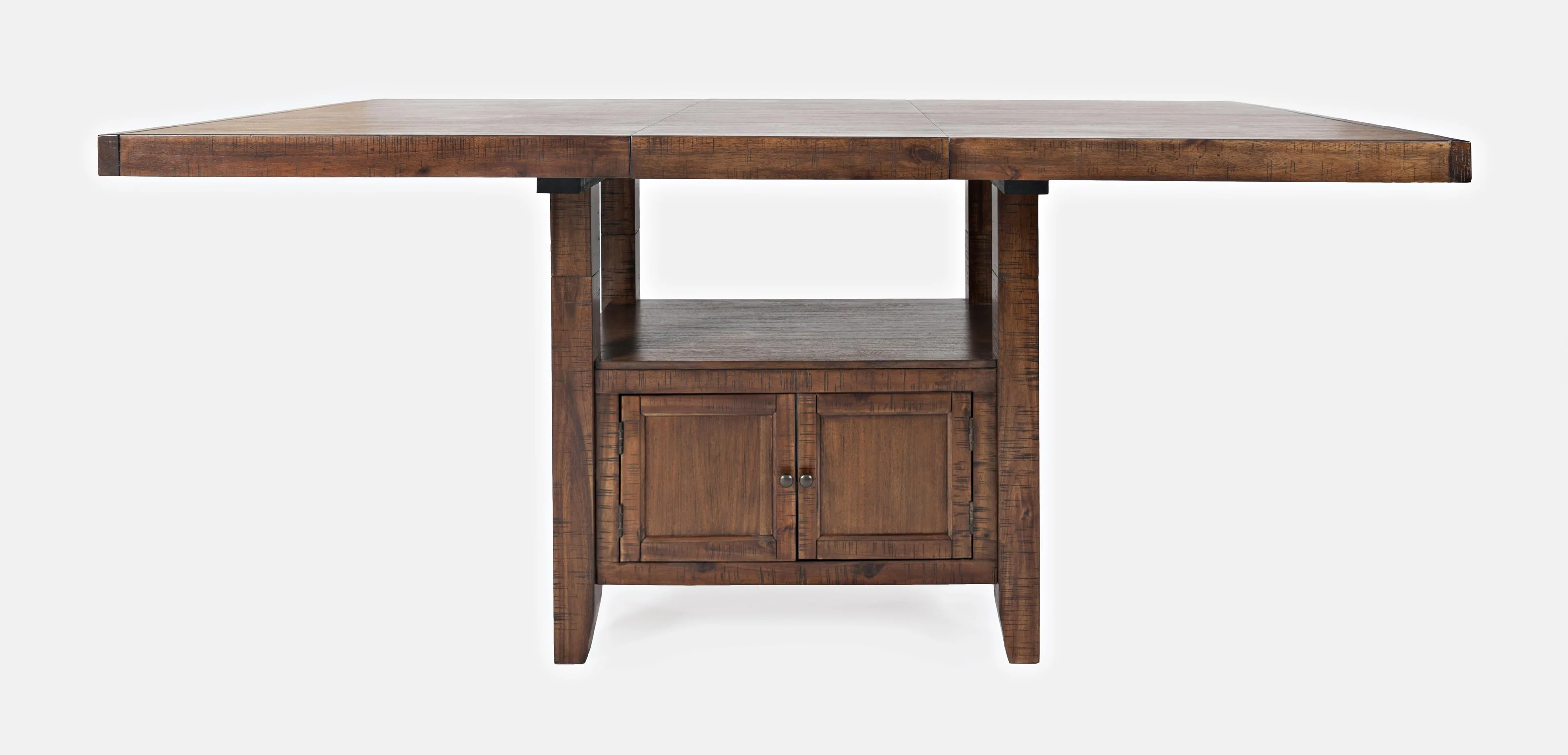From Traditional to Modern: Discover the Suitable Eating Room Table Legs for Your Style
While classic styles such as cabriole and transformed legs evoke a feeling of classic elegance, contemporary designs like hairpin and geometric options offer a chance for striking aesthetic rate of interest. As you consider these elements, the inquiry continues to be: exactly how can you seamlessly incorporate these varied leg styles to produce a harmonious eating experience?
Comprehending Table Leg Styles
The selection of dining-room table leg styles can significantly affect both the aesthetic appeals and performance of the room. Each leg style adds distinct functional features and aesthetic elements, dealing with varied style preferences and use requirements. Understanding these designs is crucial for choosing the best table that straightens with your general interior decoration vision.
For example, conical legs use a tidy, classic appearance that can enhance a space's style, while pedestal bases offer security and take full advantage of legroom, making them excellent for smaller areas. Barrette legs, a characteristic of mid-century modern-day layout, present a commercial panache, permitting a ventilated, open feeling. Trestle legs stimulate rustic charm, providing robust assistance and a feeling of eternity.
Wood legs can bring warmth and texture, whereas steel choices commonly share a smooth, modern ambiance. Inevitably, comprehending table leg designs is necessary for producing a natural eating location that reflects individual design while guaranteeing functionality and comfort.
Standard Table Leg Options
When selecting dining-room table legs, standard choices frequently embody classic elegance and craftsmanship. These designs show an abundant heritage and a commitment to top quality, making them ideal for those who appreciate classic visual appeals.
One of one of the most renowned standard leg styles is the cabriole leg, identified by its stylish curved form. This layout frequently features decorative carvings and is most generally discovered in Queen Anne and Chippendale furniture. An additional preferred choice is the transformed leg, which flaunts a collection of smooth, rounded shapes that give a classic appearance while maintaining stability.
Furthermore, the straight leg, while basic, offers a sturdy and basic framework that can mix effortlessly with a range of tabletop styles. For those attracted to ornate detailing, claw-and-ball feet legs evoke a feeling of majesty and can serve as a spectacular prime focus in any kind of dining room.
Lastly, pedestal bases, although not purely legs, provide a different traditional choice that enables enough legroom and can be wonderfully sculpted. Each of these conventional leg designs adds to the total atmosphere of an eating space, weding function with aesthetic appeal.

Modern Table Leg Styles
Modern Our site table leg designs use a diverse array of styles that emphasize cutting-edge products and clean lines. These styles typically prioritize functionality while acting as striking focal factors within an eating room. Minimalist appearances prevail, with legs crafted from products such as metal, glass, and crafted wood, which add to a airy and contemporary feel.
One popular style is the hairpin leg, characterized by its slender, tapered framework that supplies stability without frustrating the tabletop (dining room table legs). This style is typically located in mid-century modern-day furnishings and can effortlessly complement different table shapes. One more trend is using geometric forms, where legs might tackle unbalanced or angular forms, adding visual interest and a touch of artistry

Mixing Styles for Unique Rooms
Typically, property owners look for to create special dining rooms that reflect their individual style by mixing different design components. This strategy Look At This enables for the consolidation of diverse appearances, causing a harmonious yet distinct atmosphere. For example, matching a rustic wooden table with streamlined, contemporary steel legs can create an appealing comparison that raises the room's total appeal.
In addition, incorporating vintage table legs with modern table tops can evoke a feeling of background while maintaining a modern sensibility. Such combinations not just showcase private preference yet also urge creativity, enabling property owners to curate a room that feels both individual and welcoming.
Shade plays an important duty in this mixing procedure; selecting table legs that complement or contrast with the existing shade scheme can enhance visual interest. Whitewashed legs can soften the daring of a dark table surface area, creating a well balanced aesthetic.
Tips for Selecting the Right Legs
Picking the right table legs is important for attaining both capability and aesthetic charm in your dining space. Begin by taking into consideration the overall style of your area. Traditional settings profit from legs that include complex makings or transformed styles, while contemporary rooms might require smooth, minimalist styles.
Next, examine the height and security of the legs. dining room table legs. Conventional eating tables range between 28 to 30 inches in height, so make certain the legs complement this dimension for comfort. Furthermore, durable products, such as hardwood or metal, can enhance stability and longevity
Assess the leg shape as well-- alternatives consist of right, tapered, or stand styles. Straight legs provide a traditional appearance, while conical legs can include a touch of sophistication. Pedestal bases give ample legroom and are optimal for smaller sized spaces.
Final Thought
In summary, selecting the optimal eating room table legs requires cautious factor to consider of both modern-day and traditional styles. By harmonizing leg design, elevation, and material with the overall decor, a natural and inviting atmosphere can be achieved.
The variety of dining room table leg styles can significantly influence both the visual appeals and functionality of the space. Eventually, comprehending table leg styles is vital for producing a cohesive dining location that shows personal style while guaranteeing practicality and comfort.One of the most famous traditional leg designs is the cabriole see page leg, defined by its stylish bent form. Straight legs use a timeless appearance, while conical legs can include a touch of elegance.In recap, choosing the ideal eating space table legs needs cautious consideration of both modern and typical designs.